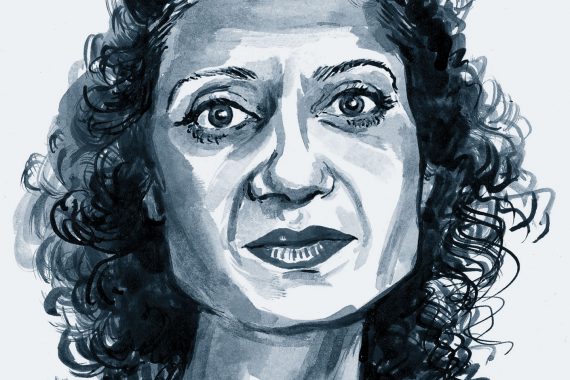Try my 21st century consultation model

Do you know your Neighbour from your Pendleton? No, neither do I.
Even though I may be an educator, I just don’t see the point of knowing the names of the various consultation models and how they differ. For sure, it may gain you a few extra marks in an exam, but I was always willing to forgo those for more important things.
The main reason these models are redundant is because they are so out of place with today’s pressures. Let’s face it, if I was to explore all the hidden agendas with my patient population, I would be consulting until midnight. When I’m seeing complex patients at 10-minute intervals, I’m looking for a way to get them out of the door, rather than following every patient cue like a dog sniffing out a bone.
So it’s about time educational theory moved into the new millennium. We need a consultation model that will help us survive the onslaught of patient demand without burning us to a frazzle. So let me introduce to you something I’ve been doing for years to survive. It’s called the Do it Yourself Consultation Model.
A 25-year-old man comes in with constipation? Give him a self-help leaflet on what foods he should be eating, including a home-made laxative from natural ingredients. A 35-year-old Somali woman has no idea when she is due to see the rheumatologist again? Print out the last letter from the hospital and ask her to chase it herself (her lack of English does not turn me into a secretary). A 16-year-old girl attends with pimples on her forehead? Advise her to try some over-the-counter products but reassure her it’s perfectly normal at this age and will probably improve. An overweight taxi driver comes in with back pain? Discuss the huge contribution that lifestyle will be having and direct him towards weight loss and exercise classes, as well as sharing the free step-counter app you have downloaded to your phone.
What these DIY consultations have in common is that I try to avoid prescribing, wherever possible. For years, doctors have ‘done something’ for their patients, thereby embedding the traditional model of the doctor ‘fixing’ the patient. Even for a simple cold, GPs have historically prescribed a cocktail of simple linctus, pseudoephedrine and soluble aspirin. But what has this achieved? We are left with a society of entitled demanders who have about as much self-care skill as my eight-year-old daughter (actually that’s not true because my kids are aware there is no medicine that can treat a virus).
The doctor acting as the drug may have been fine for Michael Balint in the 1950s, but I doubt it has much place in the 21st century, with its instant gratification and consumerist apps.
With the NHS at breaking point, we need to move on from the model of fixing people and adopt a facilitation model. We need to furnish patients with the tools finally to take responsibility for their lifestyle choices and their health.
Otherwise, it’s not just the NHS that will be up in flames. We will all burn with it.
Dr Shaba Nabi is a GP trainer in Bristol
Pulse July survey
Take our July 2025 survey to potentially win £1.000 worth of tokens












